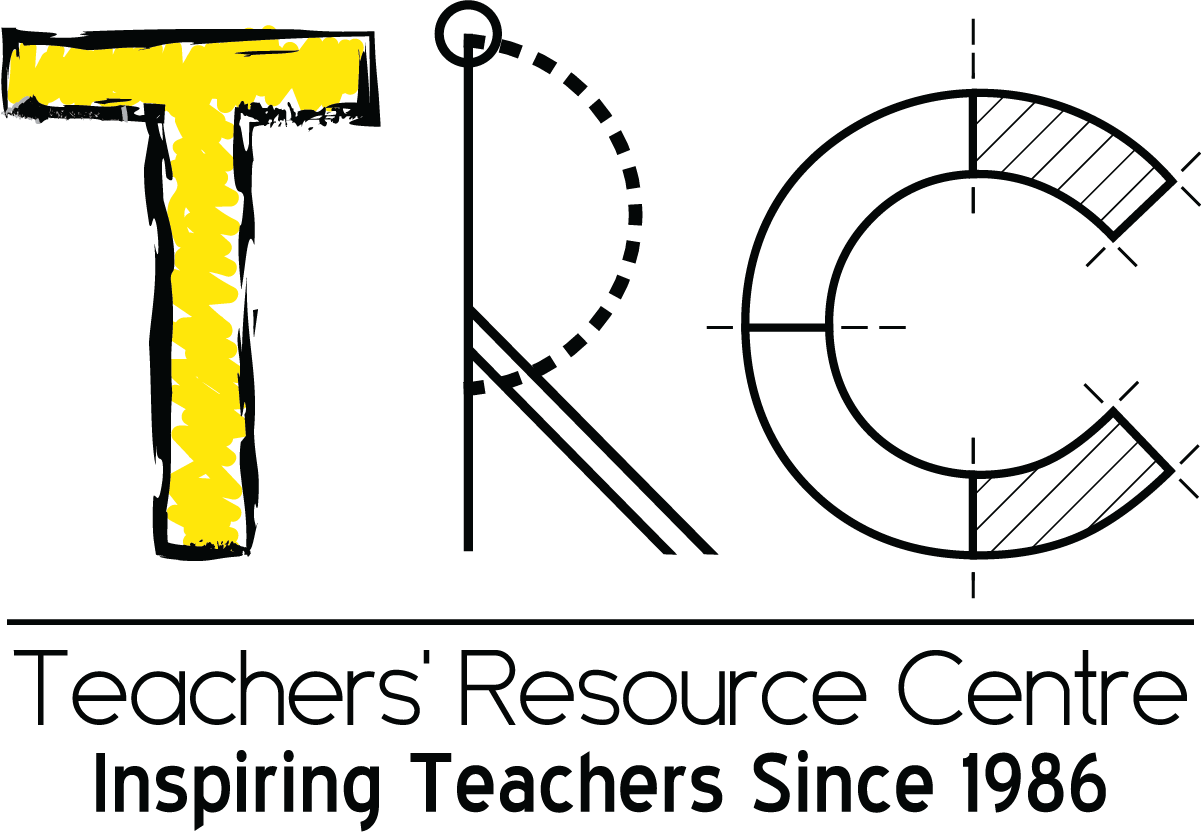No products in the cart.
Together everyone learns better
Mired in stigma and ignorance, disabilities and learning disorders are traditionally seen as impediments to a ‘good’ education. In this article, TRC explores how four institutions have taken bold initiatives towards creating inclusive environments in their schools and how they have turned the process of integrating differently-abled children, into a win-win situation for everyone involved.
For years now the conventional way of managing the education of children with learning differences or disorders or disabilities, has been to segregate them from the mainstream education system. And so the system sets the ground for segregation in a disabled child’s future professional (if he/she is lucky) and social life. Educators, parents and other stakeholders are now questioning this practice and it is widely accepted that many students with Special Educational Needs (SEN) can be integrated into mainstream 
To explore inclusive education and how it is being implemented in the local environment we spoke to the heads of four schools: Haque Academy, Kids & Co. Playgroup and Preschool, The Learning Tree and The AMI School. These schools are taking steps – some bold, some tentative into the realm of inclusive education, and the challenges that they are facing along the way are only strengthening their resolve to continue on this journey.
Beyond lip service
Rabeea Minai, Principal of The AMI School, believes that schools that say they are inclusive should be willing to go the extra mile. “Merely paying lip service to inclusive education and every child’s right to an education is not enough, and schools which claim to be inclusive should be willing to go the extra mile, to make whatever changes are necessary to make it possible for each child to get an education.”
For Naila Jamall, Principal of The Learning Tree, inclusiveness is an important aspect of the school’s culture. “We have been inclusive since our inception and this is articulated in our school’s philosophy and mission statement.”
Maria Haque, Director Academics at the Haque Academy ensures that her staff makes a commitment that all students regardless of ability, class, gender or language will be welcome and accepted.
Sanam Thariani, Administrator and Co-owner of Kid’s and Co. Playgroup and Preschool says that her school provides an environment where children with disabilities are educated alongside children without handicaps, as long as the nature and severity of the handicap does not impede the day-to-day running of the classroom.
Valuable lessons in acceptance
For each of these schools the road to becoming inclusive has been a challenging one, yet the benefits of their decision is reaching far beyond its walls. Sanam believes that when you lay the foundation of inclusive education in schools it eventually leads to bigger changes in attitudes at the societal level. “Inclusive education sends a strong message to differently-abled children that they fit in. Inclusive education benefits the students, their parents, the teachers and the entire community and eventually helps to create societies that celebrate diversity and practice tolerance and acceptance towards all.”
Maria seconds this and also believes that in the long run everyone including the teachers can learn 
At The Learning Tree, Naila believes that her school’s inclusive education programme has been able to create awareness and openness about Special Education Needs. Due to the school’s policy on inclusion she finds that parents no longer hesitate to share their child’s challenges for fear that it will negatively affect the school’s perception of their child.
As Rabeea points out, integrating children with SEN into the mainstream also affords concurrent practical advantages, because it “… uses school resources more effectively by saving the costs that would be incurred on creating a duplicate system for children with special needs.”
No easy road to inclusive education
Each of the school heads spoke candidly about the many challenges that they have faced and continue to face in creating an inclusive environment. Sanam recalled that at Kids & Co the decision required a complete restructuring of standardised curriculums and the testing processes. “If a school really wants every single child to benefit, individual lesson plans must be prepared according to individual capabilities, and teachers must be trained and equipped to change and adapt the plan as required.”
While talking about the problems she faced in the Haque Academy’s path to inclusive education, Maria says that one of the biggest impediments were teachers who believe that students with learning differences have no place in a mainstream school. “They feel that it is not their responsibility as an educator to modify or adapt instruction to the learner’s needs and abilities. Differences are often spoken about as a problem rather than an opportunity for learning.”
Maria also believes that when it comes to working with children with moderate to severe learning differences, finding highly trained special education teachers also poses a tremendous challenge. Add to that the lack of support from the school’s administration and the road to inclusive education in the local environment is chockfull of roadblocks.
According to Naila, another obstacle to inclusive education comes from an unlikely source – the parents. “Parent’s expectations can pose a challenge,” she says. “Although some parents have realistic expectations
Naila also feels that student placement can be difficult, particularly when there is a significant disparity between the SEN student’s chronological age and his or her developmental level. “We feel that it is important for the child’s holistic growth and development to place him according to his birth date, so he can interact with students of his age in order to avoid social awkwardness and other issues due to differences in age, size, etc.”
Another issue that the principal at the AMI school highlighted stems from the guilt and shame that prevents people from talking about children’s disabilities. Rabeea feels that due to the stigma surrounding the issue, many times adults are unable to identify and accept that their child has delayed development. She feels that this delays the interventions that are required at the early stages to overcome or manage the need.
Add to that the reluctance on part of examination boards to modify the assessment practices for students with special needs and Rabeea feels that inclusiveness can sometimes feel like an uphill battle.
Making Inclusive Education happen
Operating in an environment that lacks many essentials and support, these schools are still adapting and improvising on their path to creating an inclusive environment. At the Kids & Co Playschool and Preschool, the management has done away with the prevalent procedure of standardised testing at the entry level. Teachers at the school work closely with parents of children with SEN. And the school allows additional resource teachers to accompany the child during school hours should the need arise.
Kids & Co also provides parents with a comprehensive list of specialists and assists them with appointments for speech therapists, and occupational therapists if required. While resource teachers develop individualised lesson plans for each child with SEN needs, the schools provides one-on-one instruction for students who lag behind and also supports teachers in working after school hours with children who require extra help.
At the Haque Academy, Maria believes that the most important step in making a firm commitment to creating an inclusive environment is to get all the stakeholders onto the same page. “The administration, parents, students and teachers have to share the ideology that the right to an education is an unconditional human right regardless of ability.”
The school has taken concrete steps towards creating an inclusive environment by providing ongoing in-service professional development for teachers on differentiated learning and learning differences. For teachers working with children with SEN at the Haque Academy this can mean anything, from modifying the curriculum or environment to providing one-to-one assistance in the classroom, or even providing a totally alternate curriculum to address whatever level the student is at.
To depict how a teacher manages an inclusive classroom, Maria describes a typical day in a third grade Mathematics class for 25 students.
“The students in Ms. Anjum’s third grade class have just been introduced to the topic of multiplication. Some students are working with concrete manipulatives making repeated groups and arrays to gain a deeper understanding of multiplication, while other students are solving multiplication problems through drawing and yet others are working in groups writing multiplication sentences. Although these 
Maria admits that becoming an inclusive school is no easy feat and she finds she often has to play it by ear on this journey, yet small victories continue to remind her that the school is on the right track. She recalls with pride how an old student who had a moderate learning disability came back after he had graduated to tell her, “When I was in this school I felt like I was seen and heard. And I know that without everyone here believing in me I wouldn’t be where I am today”.
In keeping with their vision The Learning Tree has also taken resolute steps to accommodate children with SEN. The policy starts right at admission time. The school prefers to enroll special needs students in the early years, as they feel that the younger the children are, the easier it is to integrate them into the mainstream environment. Naila feel that this strategy allows a special needs child to adjust seamlessly at an age when the still-young students naturally accept differences and diversity.
Also when hiring faculty, The Learning Tree ensures that the school shares its philosophy on inclusion with them, making them aware of the diversity within the learning environment. A resource teacher supports students with SEN, implements their IEP (Individualised Education Program) and the class teacher helps to facilitate this process. The class teacher is also responsible for ensuring that students with SEN are included in all curricular and co-curricular activities and projects. Since students with SEN usually do not work at grade level in most subjects, class assignments and expectations are differentiated for them.
The Special Education Needs Coordinator acts as the point person between the resource teacher, the class teacher and the parents. This dedicated coordinator spends the beginning of each school year assessing and evaluating the SEN students, and reviewing their school reports based on their IEPs, their psychological/medical reports, and any other relevant documentation. The coordinator schedules conferences with the class teacher, the resource teacher, and the parents and collaboratively develops goals each term.
At The AMI School staff work closely with a student body that includes children with hearing impairment, Down’s syndrome, Autism, physical disabilities and learning disabilities. Rabeea finds that as the school has adapted its resources to the special needs of the children who require it, a system has developed and evolved naturally around it.
A worthy dream
Inclusive Education remains a distant dream for the majority of differently-abled children in this country. Deep-rooted social stigma and a general lack of awareness continue to ensure that most Pakistani children who have learning difficulties or disabilities will never sit in a regular classroom. Yet as these schools have shown us, the dream of inclusive education for all may seem distant, but it is a worthy one to aspire to. In breaking new ground, these institutions are setting the stage for other schools to start creating inclusive classrooms and accommodating children with Special Educational Needs (SEN) into the mainstream … because together everyone learns better.
April 2015

